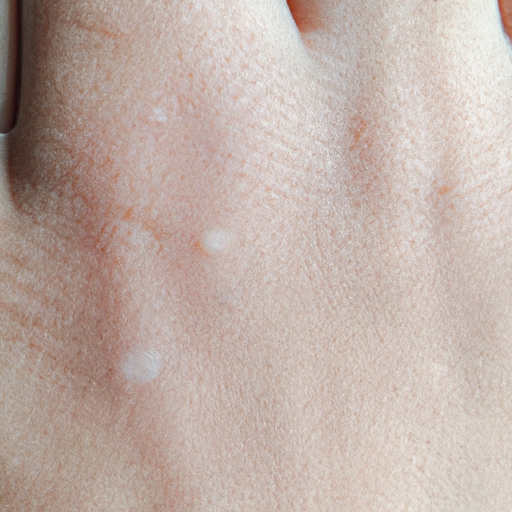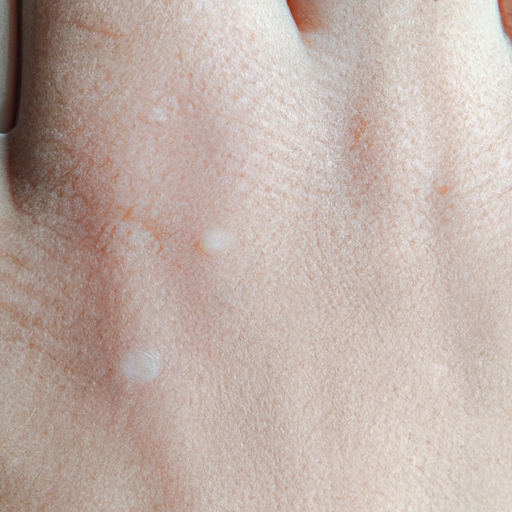As a medical professional, I am often asked about the best practices for maintaining healthy and radiant skin. One of the most effective methods that I recommend is skin exfoliation. This simple yet powerful skincare routine can transform your skin, giving it a youthful glow and a smooth texture. In this article, I will provide an ultimate guide to skin exfoliation, explaining its importance, the right techniques, and the best products to use.
Skin exfoliation is the process of removing dead skin cells from the surface of your skin. Our skin naturally sheds dead cells every 30 days or so. However, sometimes these cells don’t shed completely, leading to dry, flaky patches and clogged pores. Exfoliating can help prevent these skin issues.
Exfoliation is not just about achieving a radiant complexion; it also has numerous health benefits. It improves blood circulation, stimulates collagen production, and aids in the absorption of skincare products. By removing the barrier of dead skin cells, your skin can absorb moisturizers and serums more effectively.
There are two main types of exfoliation: physical and chemical. Physical exfoliation involves using a scrub, brush, or sponge to manually remove dead skin cells. This method can be quite effective but should be done gently to avoid damaging the skin. Over-exfoliating or using harsh scrubs can lead to redness, irritation, and even breakouts.
Chemical exfoliation uses acids or enzymes to dissolve dead skin cells. Alpha hydroxy acids (AHAs) like glycolic acid, beta hydroxy acids (BHAs) like salicylic acid, and enzymes like papain and bromelain are common ingredients in chemical exfoliants. These products can penetrate deeper into the skin and are often more effective than physical exfoliants.
The choice between physical and chemical exfoliation depends on your skin type and sensitivity. If you have oily or acne-prone skin, BHAs like salicylic acid can help unclog pores. If you have dry or sensitive skin, AHAs like lactic acid can help hydrate and smooth your skin. Always remember to patch test a new product to ensure it doesn’t irritate your skin.
Regardless of the type of exfoliation you choose, it’s important to follow up with a good moisturizer and sunscreen. Exfoliating can make your skin more susceptible to sun damage, so always apply a broad-spectrum SPF after exfoliating.
In terms of frequency, most people can benefit from exfoliating 1-2 times per week. However, this can vary based on your skin type and the strength of your exfoliant. It’s best to start slow and gradually increase the frequency as your skin adjusts.
In conclusion, skin exfoliation is a powerful tool in achieving radiant, healthy skin. It’s important to choose the right method and products for your skin type, and to always follow up with moisturizer and sunscreen. With the right approach, you can unveil your skin’s natural radiance and maintain a youthful, glowing complexion. Remember, every individual’s skin is unique, and what works for one person may not work for another. So, always consult with a dermatologist or skincare professional before starting a new skincare routine.




